When it comes to understanding personality in the MBTI framework, one of the most essential and foundational distinctions is Extraversion (E) vs Introversion (I). This preference doesn’t just shape how social you are it influences how you gather energy, how you interact with the world, and how you recharge.
In this blog, we’ll explore:
-
What MBTI Extraversion and Introversion mean
-
Core traits and tendencies
-
How these preferences play out in daily life?
-
Common misconceptions
-
Tips for self-awareness and balance
What Is MBTI Extraversion?
Extraversion in MBTI doesn’t simply mean being outgoing. Instead, it reflects a preference for:
-
Drawing energy from the outer world: people, activities, events
-
Processing thoughts through speaking or action
-
Being stimulated by external environments
Extraverted individuals often enjoy group settings, tend to speak before thinking, and feel energised after social interaction.
What Is MBTI Introversion?
Introversion, by contrast, is about a preference for the inner world. It includes:
-
Drawing energy from solitude, reflection, and inner thoughts
-
Processing information internally
-
Feeling restored through alone time
Introverted individuals usually prefer smaller groups or one-on-one conversations, tend to think before speaking, and feel drained after long periods of social interaction.
How Extraverts and Introverts Recharge
This is the core distinction:
-
Extraverts recharge by being around people and engaging in activities
-
Introverts recharge by spending time alone or in calm, quiet environments
This has nothing to do with being loud or quiet. It’s about how energy is restored.
Everyday Examples: E vs I in Action
Let’s look at how this preference can influence daily behaviour:
|
Situation |
Extravert Response |
Introvert Response |
|
After a long day |
Calls a friend to chat |
Wants alone time to decompress |
|
In a meeting |
Thinks aloud, jumps in early |
Waits, processes, then contributes |
|
At a party |
Moves between conversations easily |
Sticks with one person or small group |
|
Weekend plans |
Books group activities |
Enjoys solo or low-key plans |
Common Misconceptions
There are many myths surrounding this MBTI dimension:
-
Myth: Extraverts are always confident
Truth: Some Extraverts can be anxious or unsure but still enjoy social energy. -
Myth: Introverts are shy
Truth: Many Introverts are confident and socially skilled but value their inner world. - Myth: You’re either one or the other
Truth: Everyone uses both Extraversion and Introversion, but one is dominant
Communication Styles
Extraverts tend to:
-
Think out loud
-
Respond quickly in conversations
-
Prefer fast-paced discussion
Introverts tend to:
-
Think before responding
-
Pause to reflect
-
Prefer deeper, focused dialogue
Decision-Making Styles
-
Extraverts may decide quickly and talk through their reasoning
-
Introverts tend to consider options privately and take time to respond
Career Preferences
-
Extraverts may thrive in collaborative, team-based, or fast-moving roles (e.g. sales, teaching, event planning)
-
Introverts may prefer roles with autonomy, focus, and reflection (e.g. research, writing, design)
Social Preferences
-
Extraverts often seek out large groups, social gatherings, and new connections
Introverts often build deep one-on-one relationships and prefer familiar settings
Can You Be Both? (Ambiverts)
Yes. Many people fall somewhere in the middle and are called Ambiverts.
They adapt to both quiet and social settings but still have a dominant preference.
How to Work with Your Type
Whether you’re an Extravert or an Introvert:
-
Honour your energy needs: Take time to recharge in your own way
-
Communicate your preferences to others
-
Practise self-awareness to avoid overstimulation or withdrawal
Final Thoughts
Extraversion and Introversion are not about social skill – they’re about energy flow. Understanding where you fall on this MBTI spectrum can help you:
-
Make better life and work choices
-
Improve relationships
-
Practice more authentic self-care
It’s not about changing who you are. It’s about understanding yourself more deeply.
FAQs
Q: Can you be both extraverted and introverted?
Yes. Many people display traits of both. These individuals are often called ambiverts.
Q: Is one better than the other?
No. Both preferences have strengths and weaknesses. It’s about finding balance and understanding your needs.
Q: Can your MBTI preference change over time?
While your core tendency is usually stable, behaviour can adapt based on life stages or context.
Disclaimer: neuroVIZR is a wellness device created to promote relaxation, focus, and overall brain wellness. It is not a medical device, does not provide diagnoses, and is not intended to treat, cure, or prevent any medical condition. The device is not suitable for individuals with epilepsy. Experiences and results may vary from person to person.

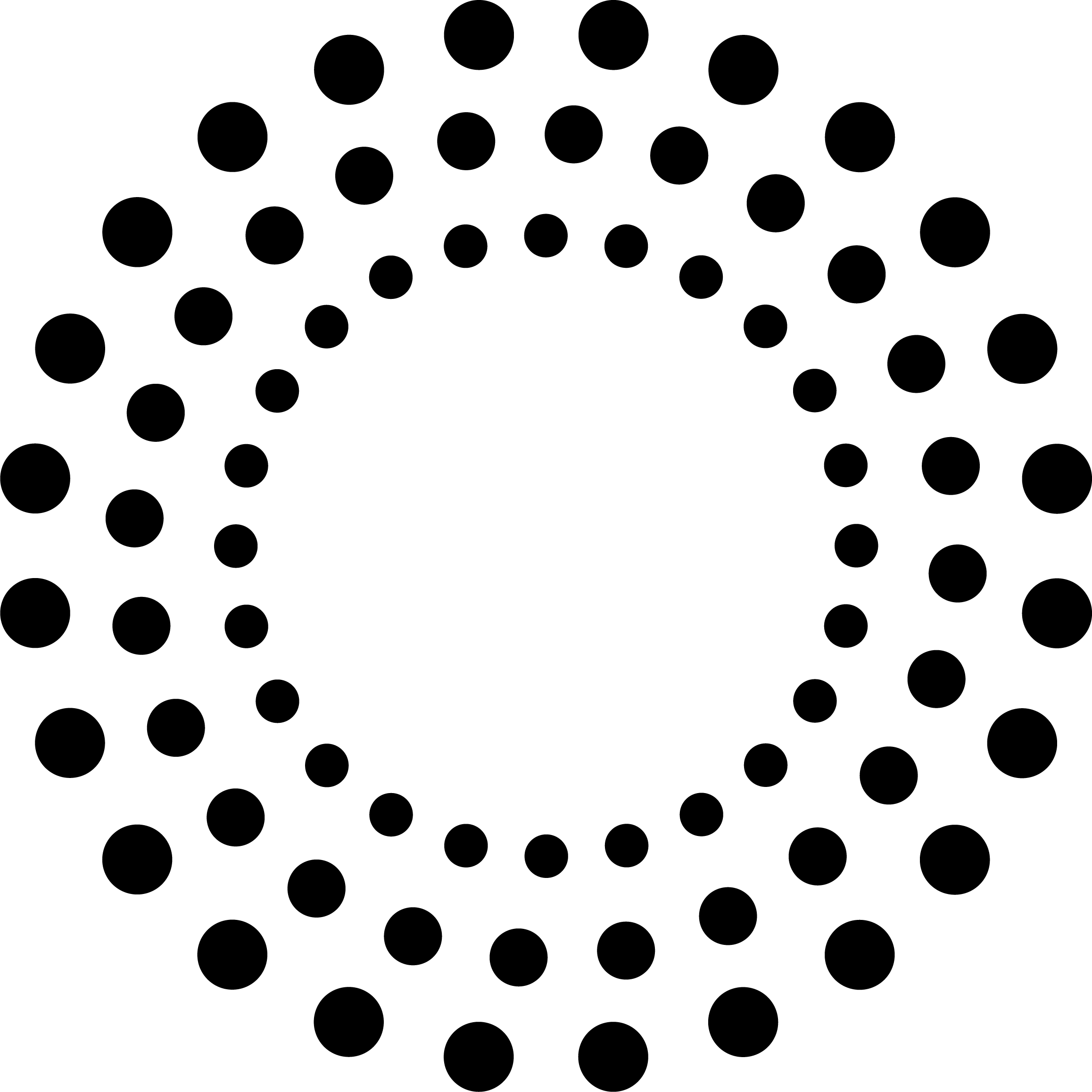

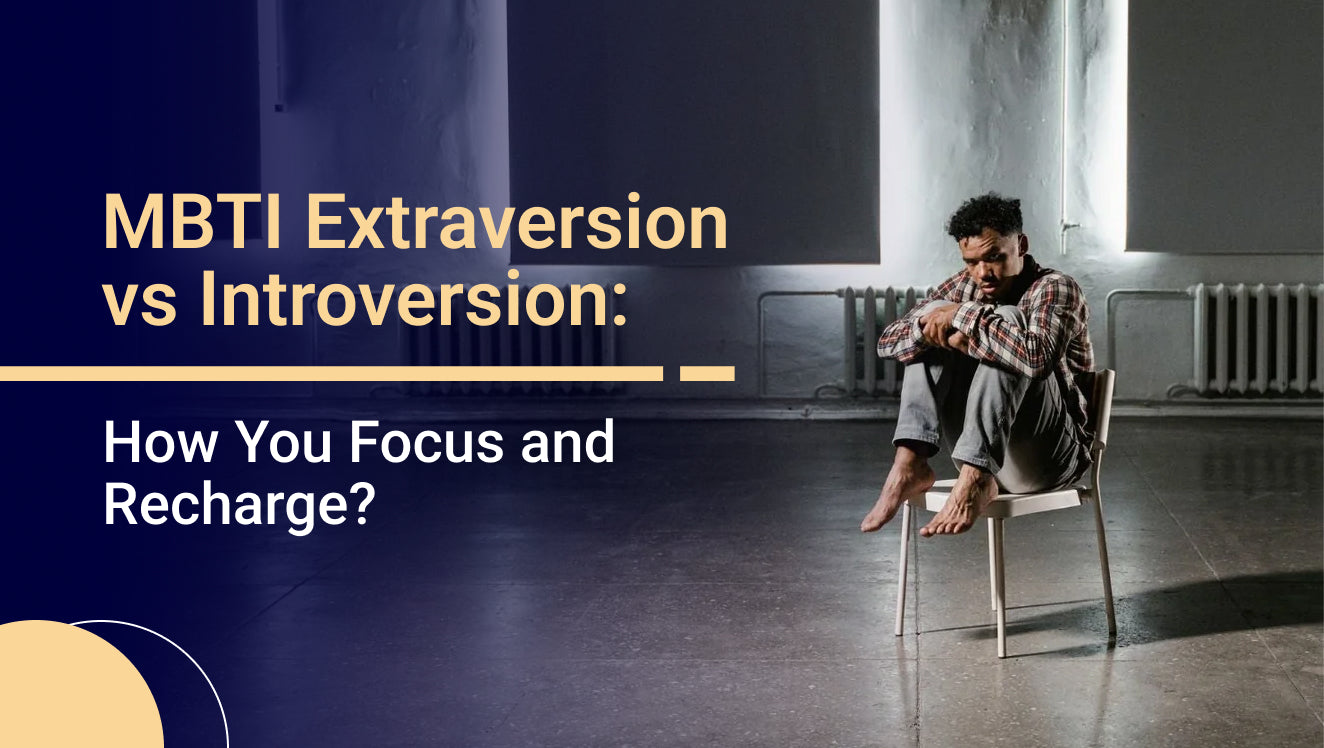






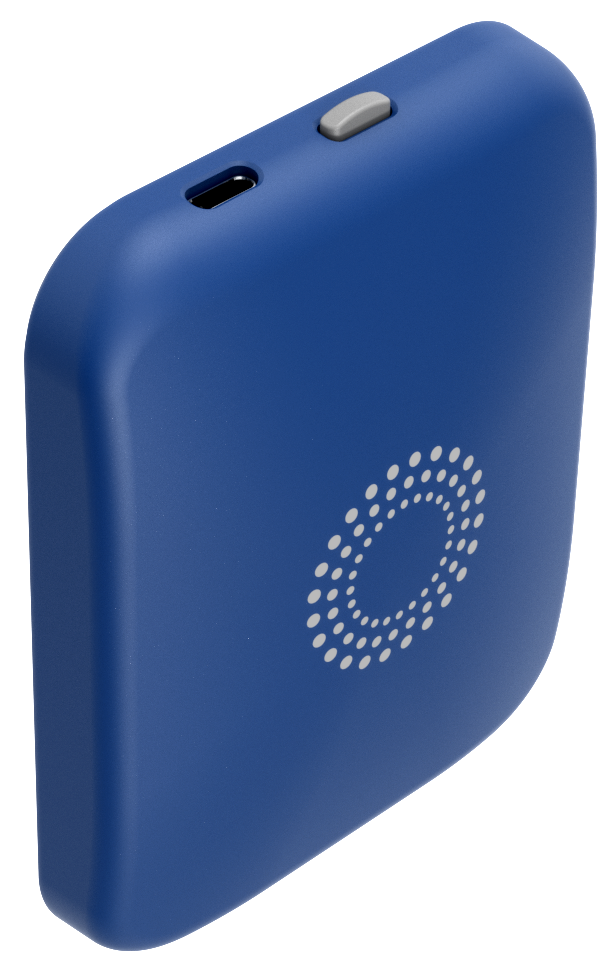
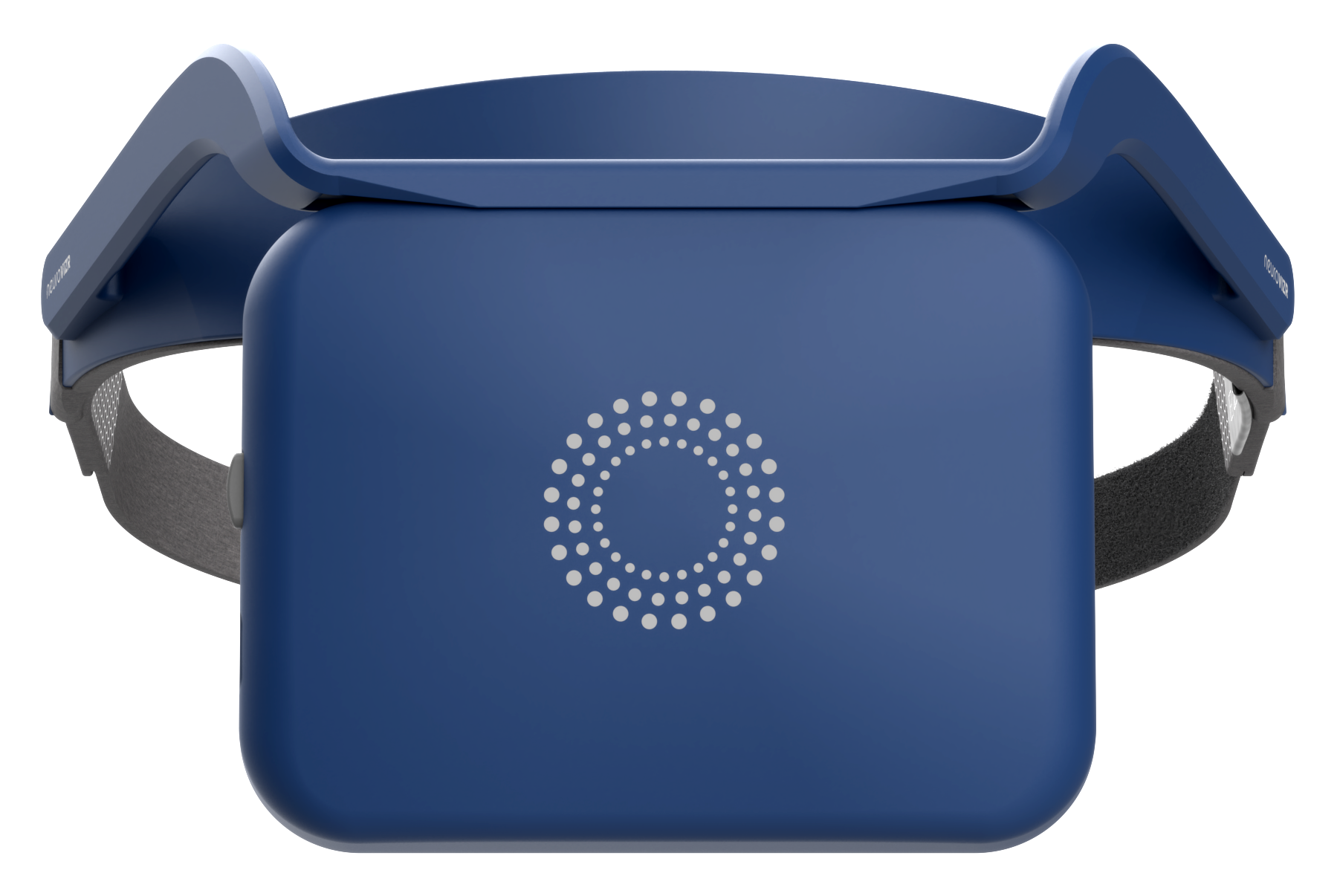
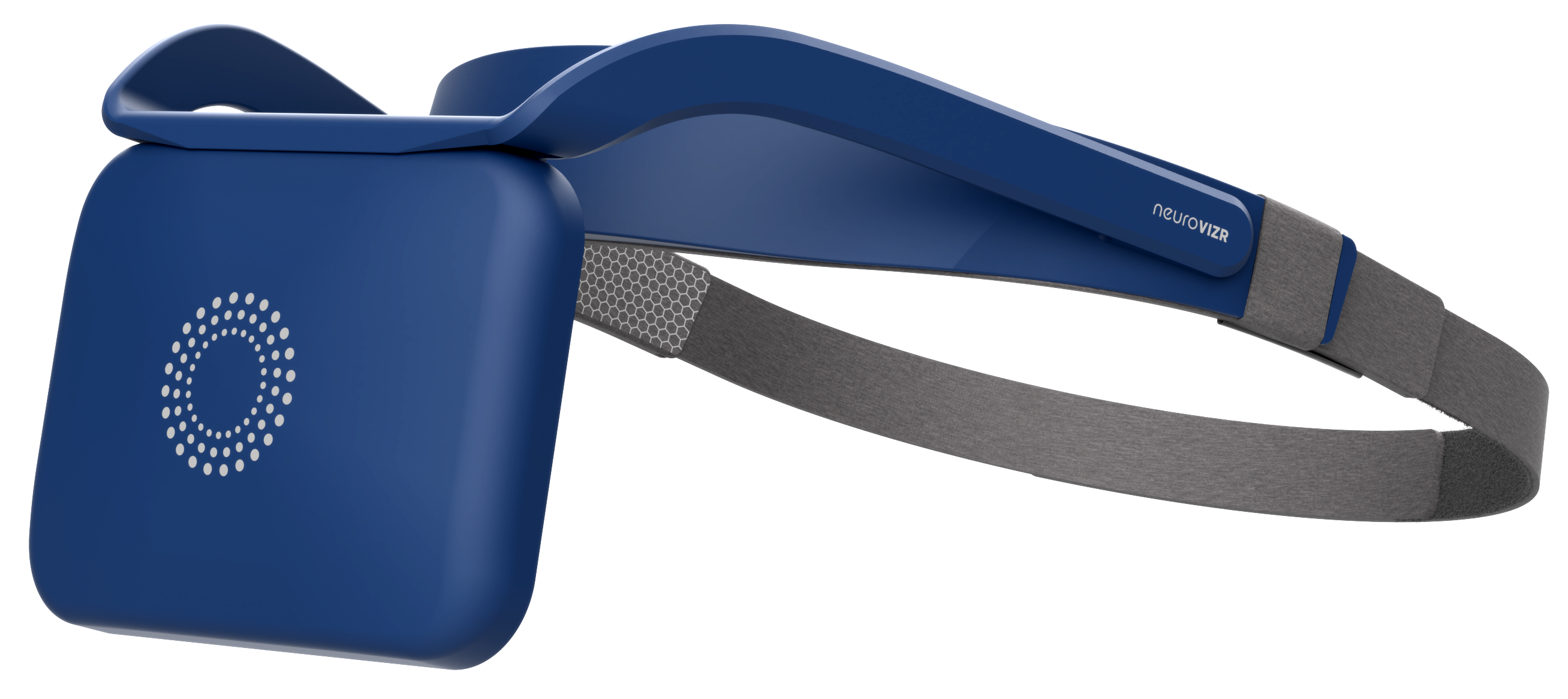
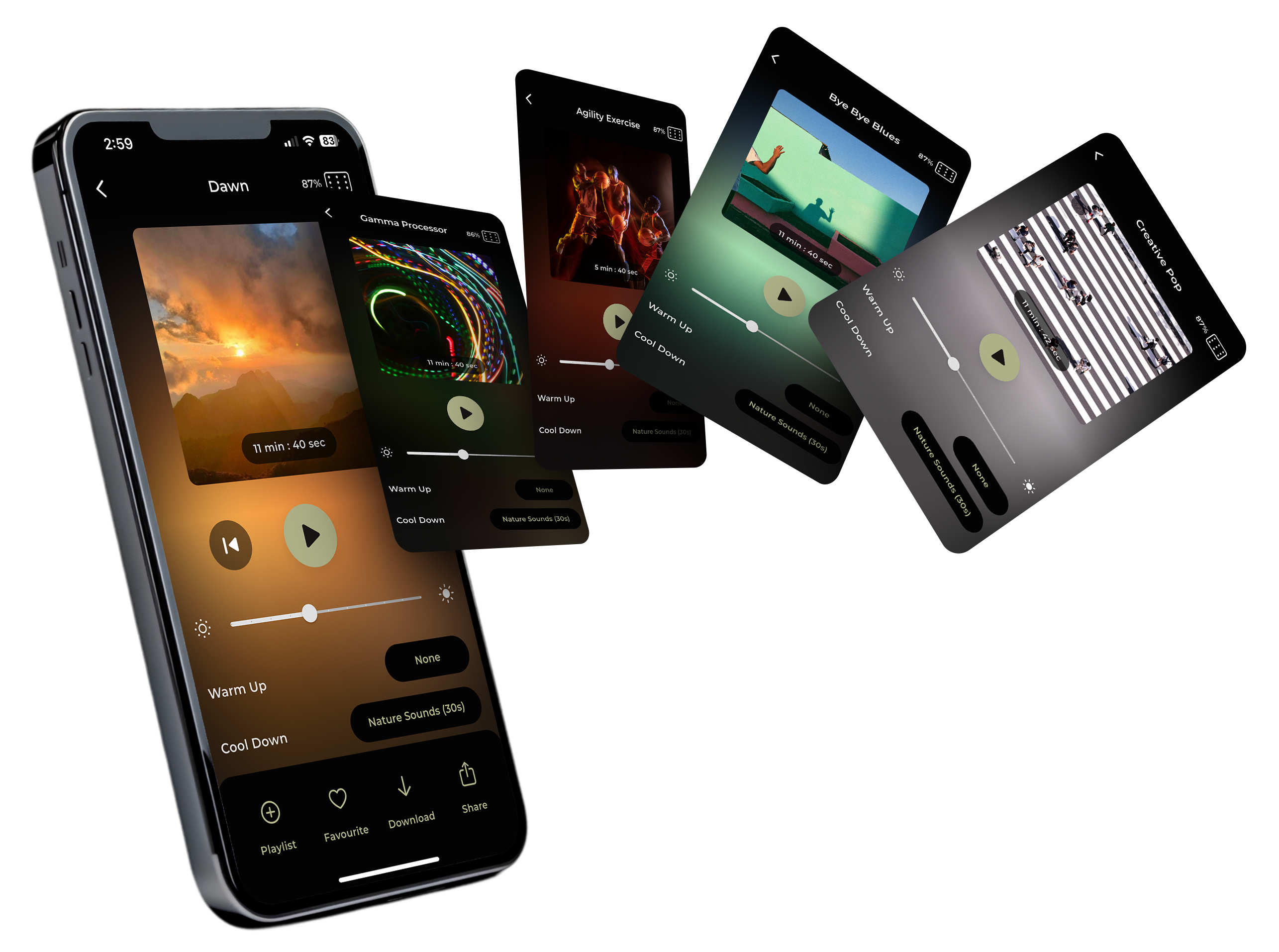
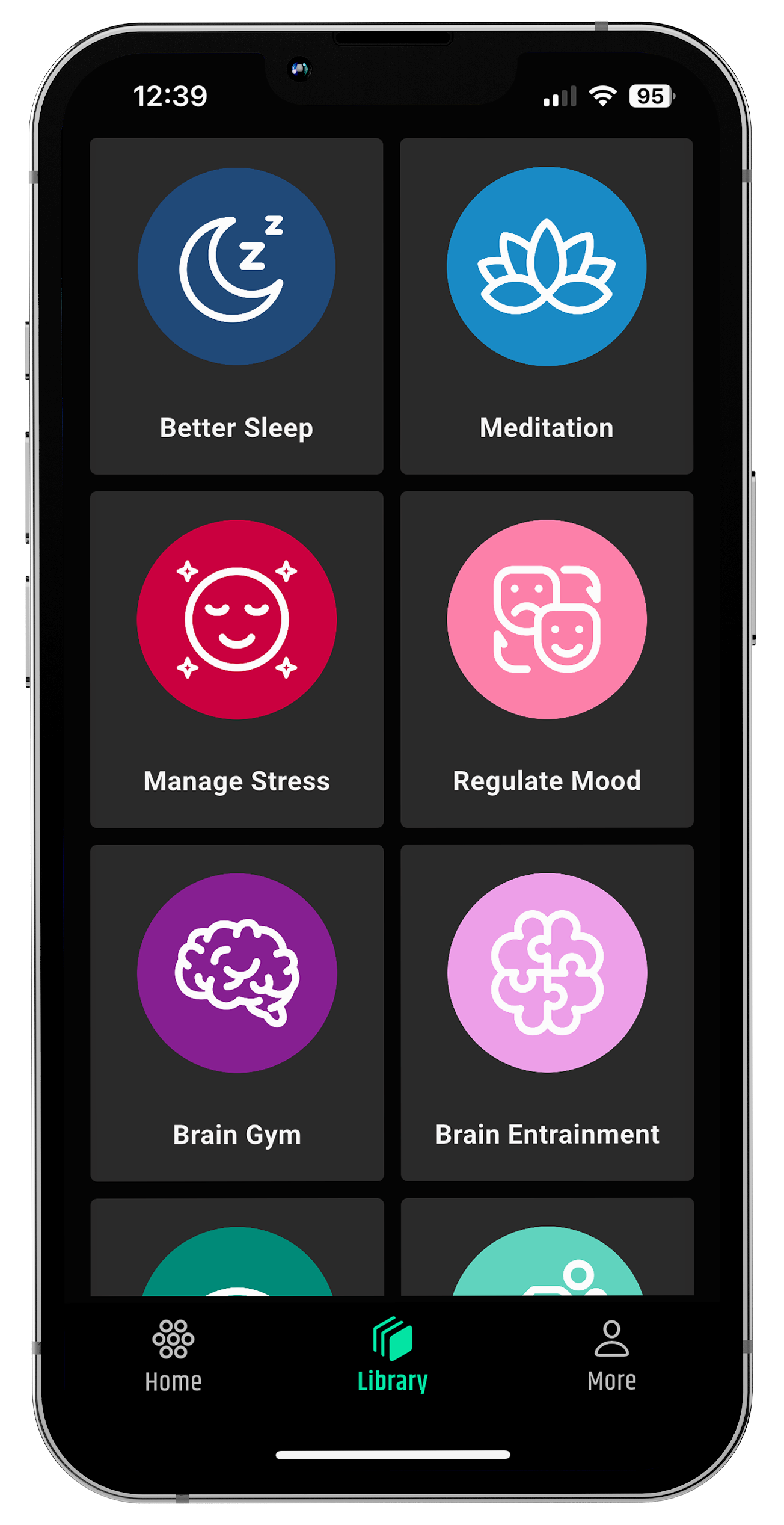

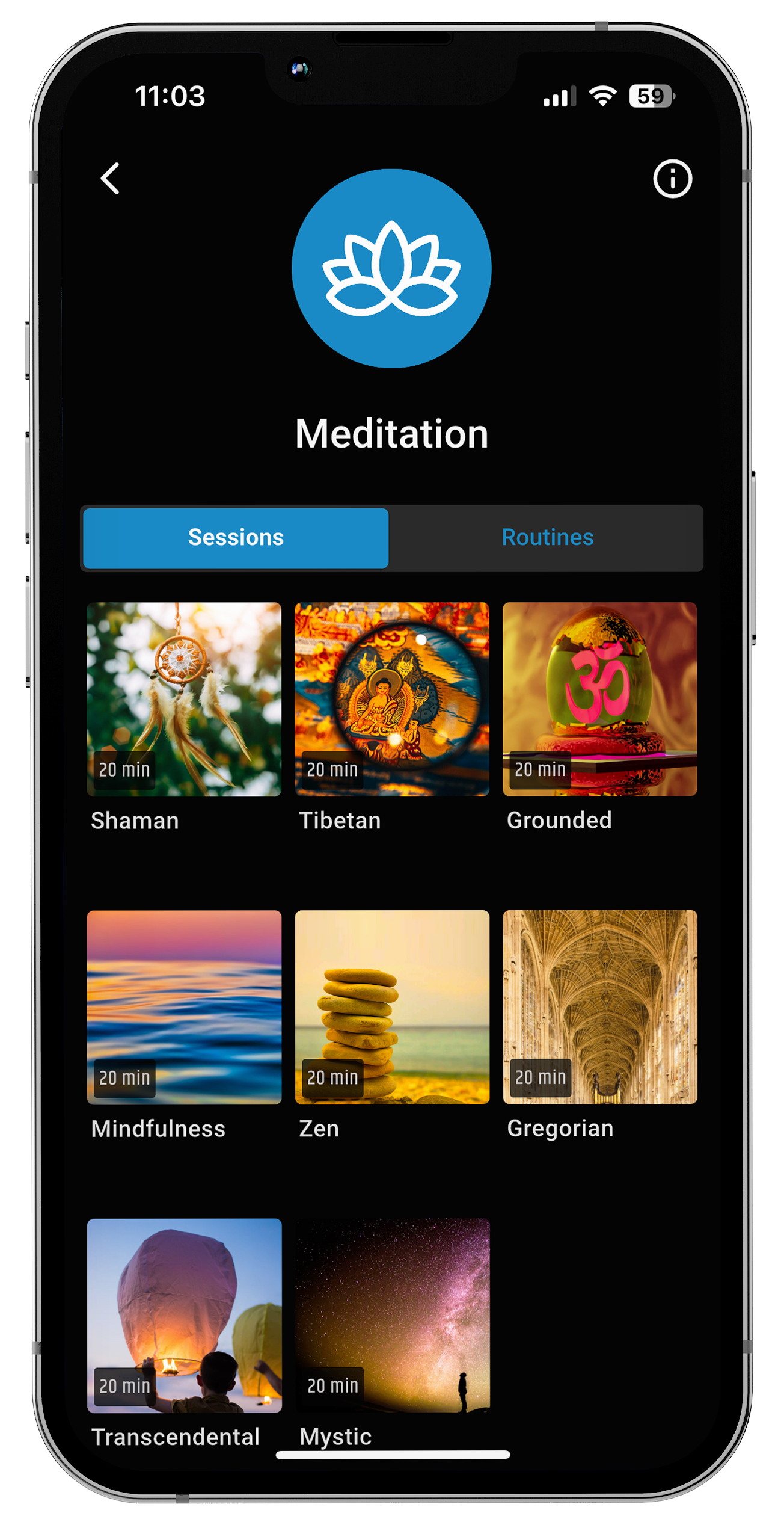
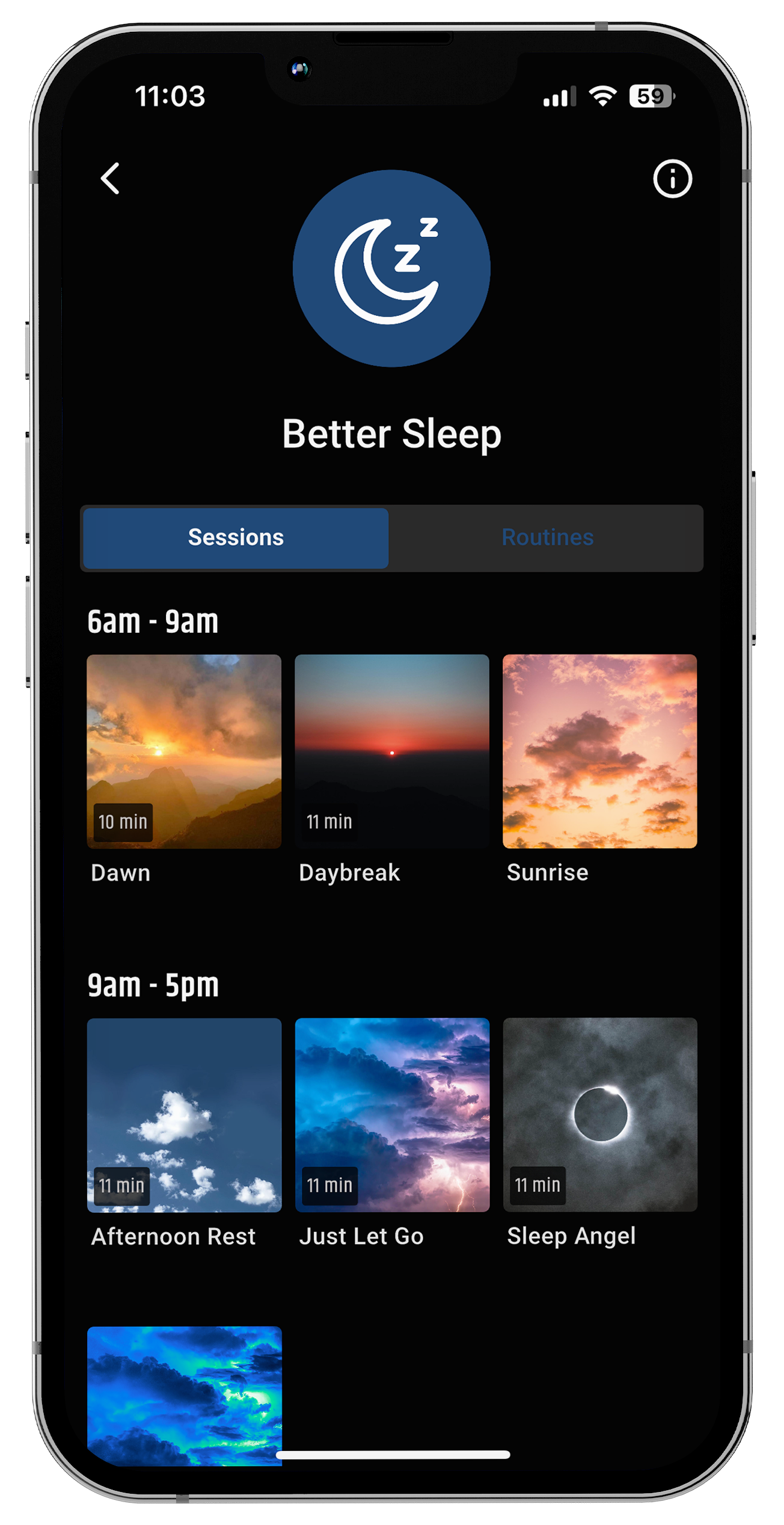

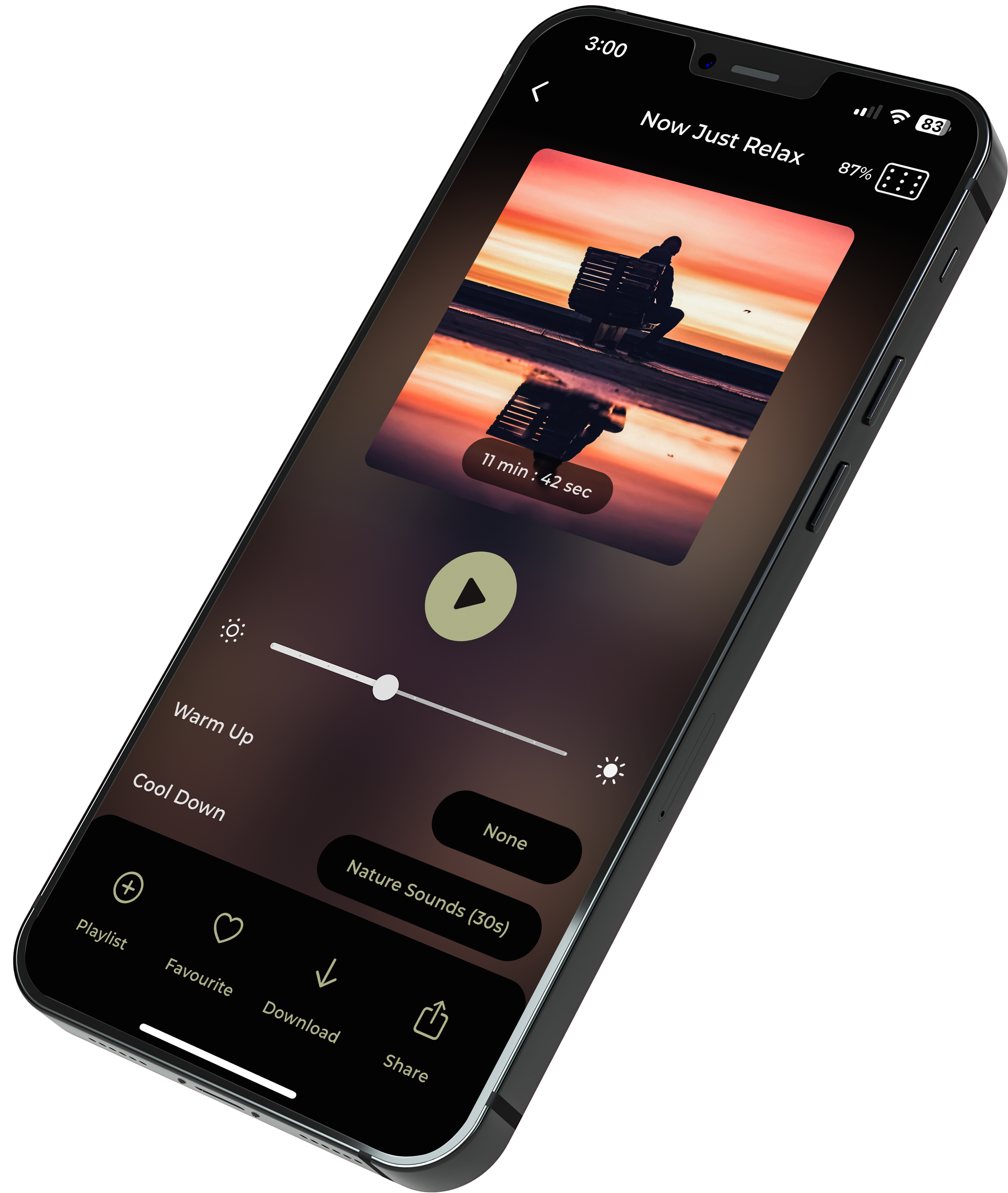


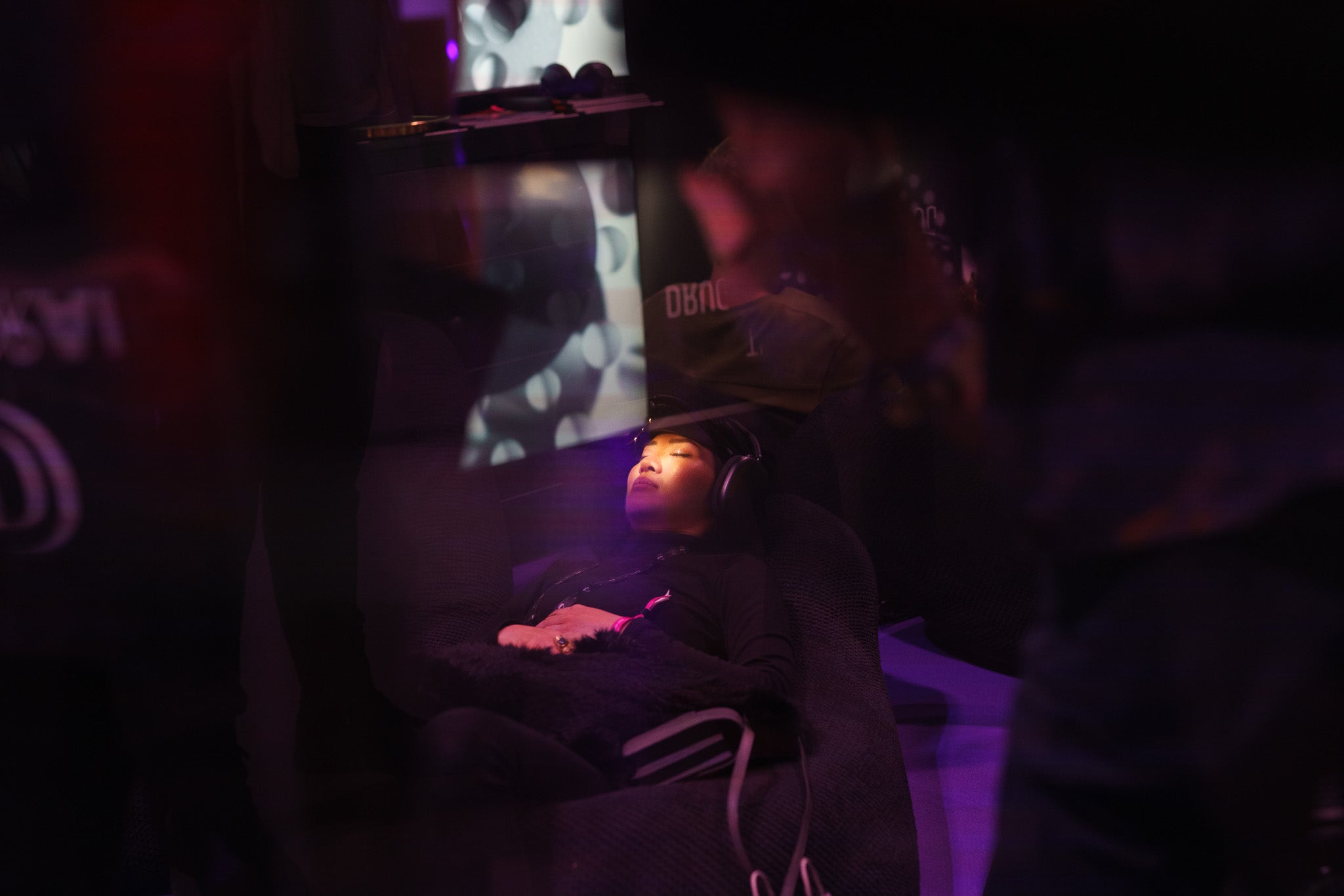





Share:
Turbulent vs Assertive Personality: Understanding the MBTI Identity Trait
What Is an Observant Person? - 11 Signs You’re a Highly Observant Person